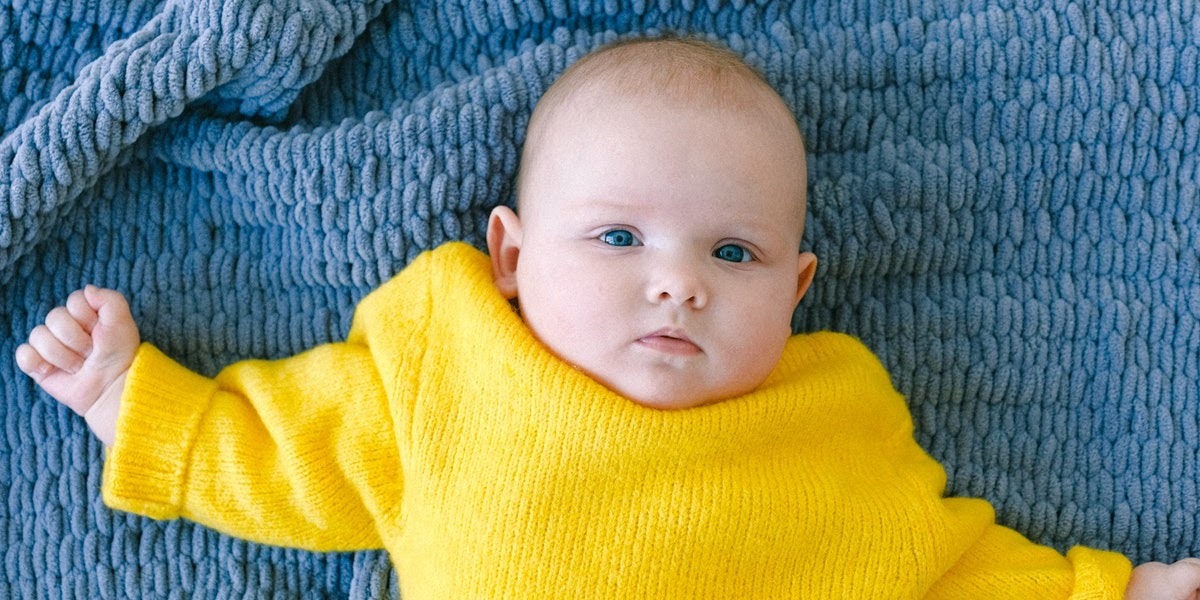Spinal muscular atrophy (SMA) is a condition that makes it hard to use your muscles. It’s most common in babies and children and includes symptoms like muscle weakness, limited mobility and breathing problems. SMA does not affect a child’s intelligence, however, allowing them to make friends and socialize with others.
As with other lifelong conditions, SMA requires regular care. Gratefully, you don’t have to do this alone. Pediatric home health services are available for treating SMA and can significantly improve quality of life for you and your child.
What is SMA? How Do Children Get It?
Spinal muscular atrophy is a disease that is passed down from families. It happens when a child receives two broken genes from their parents. Without the correct gene, the body can’t make a special type of protein they need to control muscle movement. In time, the cells in charge of controlling the muscles die, causing the muscles to become weak and shrink.
If a child receives one faulty gene, they are a carrier for the disease. They won’t get SMA but they can pass it down to their child one day if their spouse has the gene as well. When both parents are carriers, there is a 25 percent chance with each pregnancy that the child will have SMA.
What are the Different Types of Spinal Muscular Atrophy?
There are different types of SMA and this determines how serious your child’s symptoms will be. There is no cure for SMA, but treatments are available to improve their symptoms and improve quality of life. In fact, some forms of SMA do very well under new treatments and children are able to live well into their adult years.
Below are the different types of spinal muscular atrophy to be familiar with:
- Type 0. This is the rarest and most severe form of SMA. It develops while you’re still pregnant, which impacts the baby by limiting their mobility and weakening their muscles. Babies with Type 0 SMA often don’t survive long after birth due to breathing difficulties.
- Type 1. Type 1 is also serious and most children do not live past the age of 2 because of breathing troubles. Infants with this type of SMA may also have trouble supporting their head, sitting without help and swallowing formula or pureed foods.
- Type 2. Type 2 affects children between the ages of 6-18 months old. The symptoms range from moderate to severe and usually affect the legs more than the arms. Children with this stage usually need help walking and standing.
- Type 3. Symptoms of this type start in childhood, usually between the ages of 2-17. It’s the mildest form of the disease, and many children are able stand or walk on their own. However, they may have trouble climbing up stairs, running or getting up from a chair.
- Type 4. This form of SMA starts in adulthood. Adults usually notice signs like muscle twitches, muscle weakness and breathing problems. The upper arms and legs are most likely to be affected. Thankfully, there are exercises and therapies that can help keep these muscles strong.
Treatment Options for SMA
Treatment for SMA involves a variety of approaches. First is medication (also referred to as gene therapy). The FDA has approved three medications for treating SMA: nusinersen (Spinraza), risdiplam (Evrysdi) and onasemnogene abeparvovec-xioi (Zolgensma). These medications all work differently on the body, but their goal is to make the muscles stronger and slow the progression of the disease.
Besides medication, there are some other treatments your doctor may recommend as well. In home health care for children is available to assist with these needs.
- Breathing treatments. Your child may need a breathing machine or cough assist machine to help them breathe better. Some children are able to improve their breathing by wearing a special mask or mouthpiece instead.
- Feeding therapy. Some babies with SMA don’t get the nutrition they need because they have a difficult time swallowing food. In these cases, a feeding tube may be required.
- Physical therapy. Physical and occupational therapy practice various exercises and activities to protect the joints and muscles. Your child’s therapists may also recommend helpful devices like leg braces, a walker, an adaptive stroller, a car bed or an electric wheelchair.
- Back brace. It’s not unusual for children with SMA to have a curve in their spine. If this happens, the doctor may suggest wearing a back brace while the spine is growing.
In addition to these various treatments, you’ll also have a team of doctors that provides care to your child. Your team will likely include pulmonologists, neurologists, orthopedists, gastroenterologists, nutritionists and physical therapists.
Pediatric Home Health Services for Children with SMA
Home health care is very important to families living with SMA. This is a serious disease that often requires around-the-clock monitoring and supervision. Families can’t do this alone. Not only does pediatric home care provide skilled nursing, but also it allows your family to spend more quality time together. Instead of being constant caregivers, you can operate as a family that has time for movies, games and other activities.
Continuum Pediatric Nursing offers home care for children with SMA. We create personalized schedules to ensure your child gets everything they need to be comfortable, healthy, safe and happy. Our team of registered nurses and licensed practical nurses are committed to keeping families together, offering compassionate care in the home and establishing a sense of normalcy.
As RNs and LPNs, we’re able to offer skilled pediatric nursing services such as administering a feeding tube, providing oxygen care and monitoring medication. We are careful to match the proper nurses to each family based on their experience and personality. Our nurses are trained on how to work within a family and care for all members in the household – the parents and siblings included!
To learn more about the pediatric home services available for children with SMA, contact Continuum Pediatric Nursing today.

